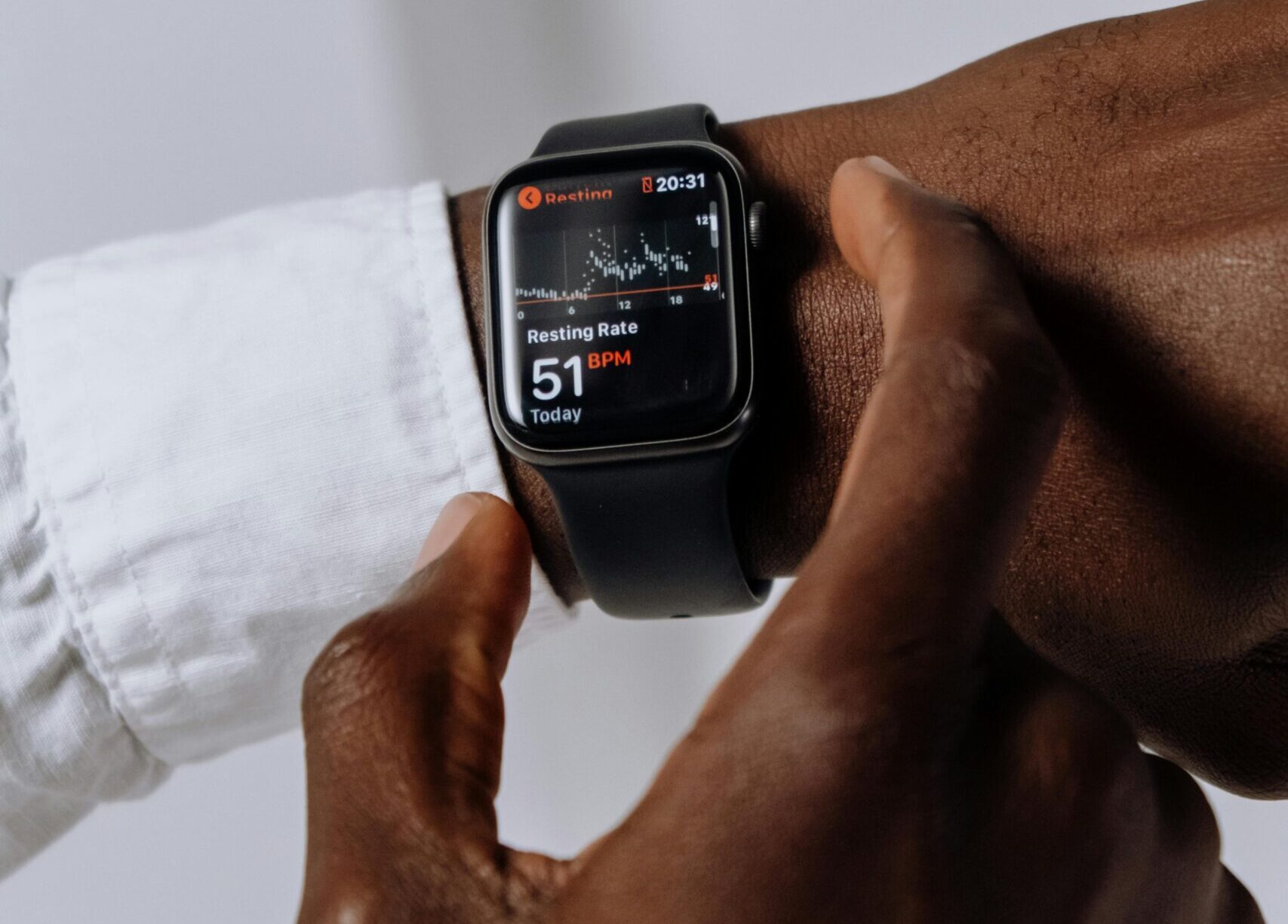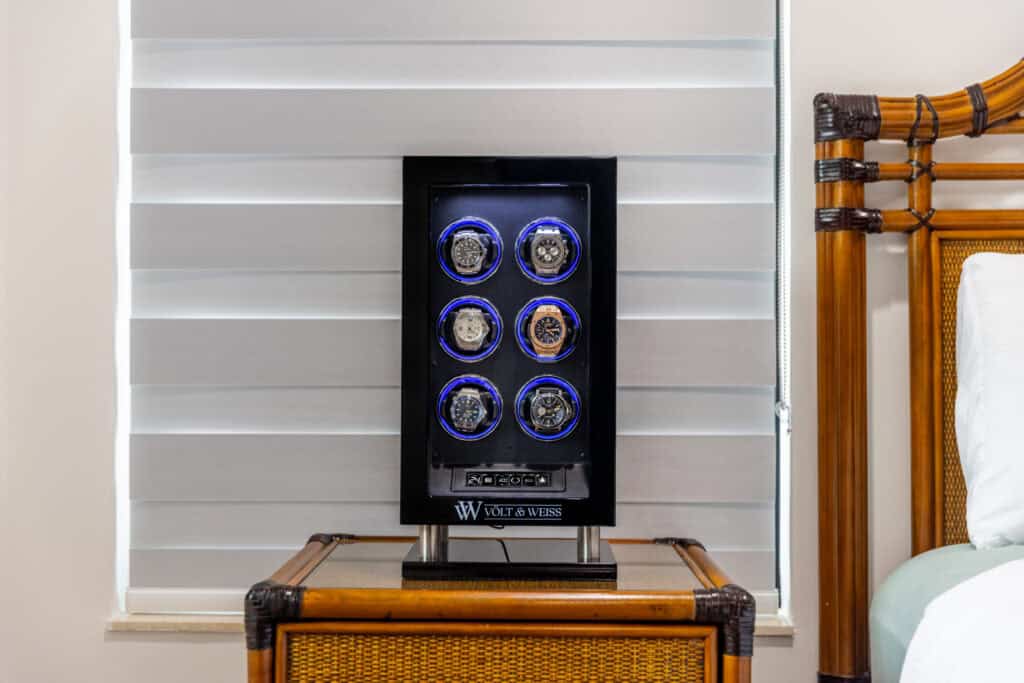The Apple Watch has come a long way since its initial release. Once seen as a luxury tech toy, it’s now considered a practical device by many people. But is the Apple Watch really worth it for everyday use? Whether you’re trying to stay healthy, manage notifications, or simply keep track of time, this tiny wearable promises a lot. Let’s explore whether it’s a smart investment or just another gadget collecting dust.
Design and Comfort
Style That Fits Your Life
When it comes to design, the Apple Watch shines. It’s sleek, lightweight, and customizable. You can switch out bands, adjust the watch face, and choose from different sizes and finishes, like aluminum, stainless steel, or titanium.
Comfort for All-Day Wear
Many users wear their Apple Watch from sunup to sundown—and even while they sleep. It’s designed to be comfortable, with breathable sport bands and a smooth, curved back that sits gently against your wrist. Whether you’re working out or working at your desk, it doesn’t get in the way.
Features for Everyday Use
Seamless Notification Management
One of the best things about the Apple Watch is how it handles notifications. Instead of constantly checking your phone, you can glance at your wrist to see text messages, emails, calendar alerts, and app updates.
You can also control which alerts you receive, so you’re not overwhelmed. It’s a smart way to stay connected without being glued to your phone.
Fitness and Health Tracking
The Apple Watch doubles as a virtual fitness coach. It tracks your steps, calories burned, heart rate, and how much you move throughout the day. You can set goals, close your Activity Rings, and even join competitions with friends to stay motivated.
- Heart rate monitoring: Great for workouts and keeping an eye on your general health.
- ECG and blood oxygen readings: Available on newer models for advanced health insights.
- Sleep tracking: Helps you understand your rest patterns and improve sleep quality.
Safety Features
It’s not just about convenience—the watch includes some potentially life-saving tools. Features like fall detection and Emergency SOS can alert emergency services if something goes wrong. If the watch detects a hard fall and you don’t respond, it automatically calls for help. It also allows you to share your Medical ID with first responders.
Integration with Apple Ecosystem
A Perfect Pair with Your iPhone
If you already have an iPhone, the Apple Watch works like a natural extension of it. You can answer calls, reply to texts, use Siri, and control music or smart home devices right from your wrist. It’s also great for quickly checking directions or making payments using Apple Pay.
Apps and Syncing
The App Store on the watch offers a range of apps designed for everything from meditation to shopping lists. Because it syncs well with other Apple devices, your data—like workouts, reminders, and notifications—moves seamlessly across all your gadgets.
Battery Life and Performance
All-Day Battery, Most of the Time
Battery life varies depending on usage and model. Most users get about 18 hours before needing a charge. It’s usually enough to get through a regular day, but if you’re tracking sleep, you might need to find creative times to recharge it—like while you’re showering.
Fast, Reliable Performance
Newer Apple Watch models are speedy and responsive. Apps open quickly, navigation is smooth, and voice commands with Siri work well. Whether you’re checking a weather update or starting a workout, you won’t be left waiting.
Price and Value for Money
Different Models, Different Budgets
The Apple Watch isn’t cheap, but there are several models at different price points:
- Apple Watch SE: The budget-friendly option with essential features.
- Apple Watch Series (latest model): Mid-range with the newest upgrades.
- Apple Watch Ultra: Premium features for adventurers and power users.
Worth the Price?
If you’re just looking to tell time and check messages, the SE might be all you need. But if you want advanced health tools, longer battery, or rugged durability, a higher-end model could be worth the investment. Think of it like buying a bike: casual riders don’t need a racing model, but pros might benefit from all the bells and whistles.
Who Should Consider Buying One?
Great Fit for Many Lifestyles
The Apple Watch suits all kinds of users. Here are a few examples:
- Fitness Enthusiasts: Track workouts, measure performance, and stay motivated.
- Busy Professionals: Manage notifications and calendars discreetly during meetings.
- Older Adults: Use fall detection and health tracking for added peace of mind.
- Tech-Savvy Families: Even kids can use Apple Watch with Family Setup to stay safe and connected.
Who Might Skip It?
If you’re not an iPhone user, the Apple Watch might not be for you. It’s designed to work exclusively with Apple devices. Also, if you prefer simple, distraction-free living, wearing a smartwatch might feel like information overload.
Conclusion
So, is the Apple Watch worth it for everyday use? For many people, the answer is a resounding yes. It brings convenience, boosts motivation to stay active, and adds layers of safety—all in a stylish, compact package.
Of course, it’s not a necessity for everyone. But if you value seamless integration with your iPhone, care about your health, or just want a smarter way to manage your day, the Apple Watch could be a game-changer. It’s more than just a gadget; it’s a helpful, everyday companion that fits right on your wrist.








